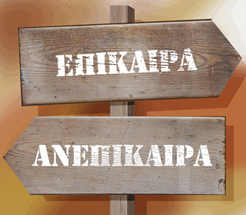

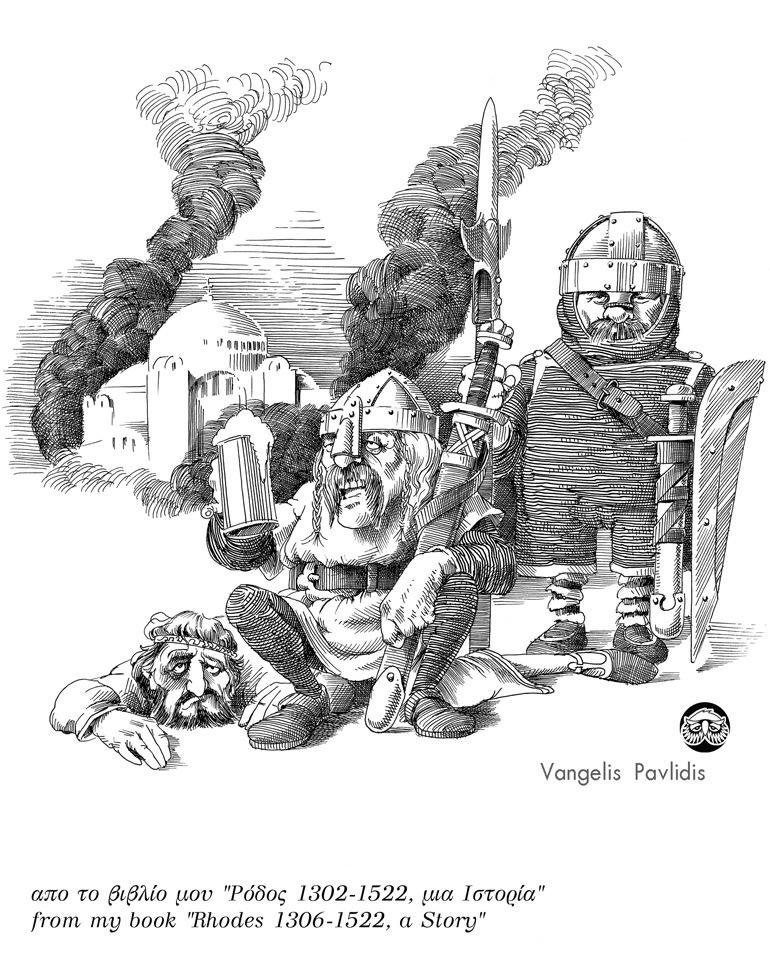
“Αυτοί που δεν είχαν ξαναδεί την Κωνσταντινούπολη ήταν συνεπαρμένοι, χωρίς να μπορούν να πιστέψουν πως τέτοια σπουδαία πόλη ήταν δυνατόν να υπάρχει στον κόσμο. Ατένιζαν τα ψηλά τείχη και τους πύργους που ήταν γύρω γύρω οχυρωμένη, τα αρχοντικά της σπίτια, τις ψηλές της εκκλησιές, τόσες πολλές που δεν θα το πίστευε όποιος δεν το είχε δει με τα μάτια του. Λογάριαζαν το μήκος και το πλάτος της πόλης που βασιλεύει πάνω σ’ όλες τις άλλες. Όσο γενναίοι και να ήσαν, όλοι ανατρίχιασαν στην θέα.”
– Geoffroi de Villehardouin, De la Conquête de Constantinople
12 Απριλίου 1204. Μια μέρα σαν σήμερα πριν 812 χρόνια οι Φράγκοι της 4ης (δήθεν) Σταυροφορίας αλώνουν την Κωνσταντινούπολη. Θα ακολουθήσει το μεγαλύτερο πλιάτσικο της ιστορίας.
Επι τρείς μέρες οι Φράγκοι ληστεύουν, τρομοκρατούν και επιδίδονται σε κάθε λογής βανδαλισμούς. Πολύτιμοι Ελληνικοί και Ρωμαϊκοί θησαυροί αρπάζονται ή καταστρέφονται. Ανάμεσα στα άλλα, τα μπρούτζινα άλογα του Ιπποδρόμου που σήμερα στολίζουν την Βασιλική του Αγ. Μάρκου στην Βενετία, ενώ το μεγάλο μπρούτζινο άγαλμα του Ηρακλή- έργο του μεγάλου Λυσίππου- θα το λιώσουν στο καμίνι για το μέταλό του. Η περίφημη Βιβλιοθήκη της Κωνσταντινούπολης καταστρέφεται και -παρά τους χριστιανικούς τους όρκους και τον σταυρό στο στήθος- οι Σταυροφόροι θα εισβάλουν συστηματικά σε όλους τους ναούς και ιερούς τόπους καταστρέφοντας και κατακλέβοντας ακόμα και ιερά κειμήλια. Τίποτα δεν θα γλύτωσει!
Κοντά σ’ αυτά, χιλιάδες πολίτες θα σκοτώθούν εν ψυχρώ. Άλλοι βασανίζονται για να μαρτυρήσουν δήθεν κρυμένους θυσαυρούς. Γυναίκες, ακόμα και καλόγριες, βιάζονται.
800 χρόνια μετά, το 2001, ο πάπας Ιωάννης Παύλος Β’ θα ζητήσει συγγνώμη: “Είναι τραγικό που οι επιδρομείς, που ξεκίνησαν για να εξασφαλίσουν την ελεύθερη πρόσβαση των Χριστιανών στους Αγιους Τόπους στράφηκαν ενάντια στους εν πίστη αδελφούς τους… Πώς είναι δυνατόν, ύστερα απο 800 χρόνια, να μην μοιραζόμαστε τον πόνο και την αηδία.”
Ο Πατριάρχης Βαρθολομαίος θα απαντήσει: “Το πνεύμα της συμφιλίωσης είναι ισχυρότερο απο το μίσος…Υποδεχόμαστε με ευγνωμοσύνη και σεβασμό την απο καρδιάς χειρονομία σας. Είναι αλήθεια πως πριν 800 χρόνια διαπράχτηκε ένα έγκλημα…”
“Those who had never seen Constantinople before were enthralled, unable to believe that such a great city could exist in the world. They gazed at its high walls, the tall towers with which it was fortified all around, its great houses, its tall churches more numerous than anyone would believe who did not see them for himself; they contemplated the length and breadth of the city that is sovereign over all others. Brave as they might be, every man shivered at the sight.”
— Geoffroi de Villehardouin, De la Conquête de Constantinople
April 12, 1204. On a day like today 812 years ago the Franks of the 4th (so-called) Crusade capture Constantinople. What follows will be the greatest plunder in history. For three days the Crusaders will loot, terrorize and vandalize. Many ancient and medieval Roman and Greek works of art will either be stolen or destroyed. The famous bronze horses from the Hippodrome were sent back to adorn the facade of St Mark’s Basilica in Venice, wherein they still remain. As well as being stolen, works of immeasurable artistic value were destroyed merely for their material value. One of the most precious works to suffer such a fate was a large bronze statue of Hercules, created by the legendary Lysippos, court sculptor of no lesser than Alexander the Great. Like so many other priceless artworks made of bronze, the statue was melted down for its content by the Crusaders, blinded with greed. The famous Library of Constantinople with thousands of priceless manuscripts is destroyed.
Despite their oaths and the Cross on their chest, the Crusaders systematically violated the city’s holy sanctuaries, destroying or stealing all they could lay hands on. Nothing was spared. The civilian population of Constantinople were subject to the Crusaders’ ruthless lust for spoils and glory: thousands of them were killed in cold blood. Women, even nuns, were raped by the Crusader army, which also sacked churches, monasteries and convents. The very altars of these churches were smashed and torn to pieces for their gold and marble by the warriors who had sworn to fight in service of Christendom without question.
800 years later, in 2001, Pope John Paul II will apologize: “It is tragic that the assailants, who set out to secure free access for Christians to the Holy Land, turned against their brothers in the faith. The fact that they were Latin Christians fills Catholics with deep regret… How can we not share, at a distance of eight centuries, the pain and disgust.”
Ecumenical Patriarch Bartholomew I formally accepted the apology. “The spirit of reconciliation is stronger than hatred… We receive with gratitude and respect your cordial gesture for the tragic events of the Fourth Crusade. It is a fact that a crime was committed here in the city 800 years ago.”

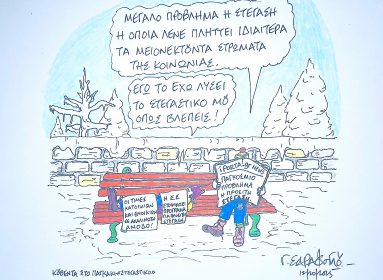
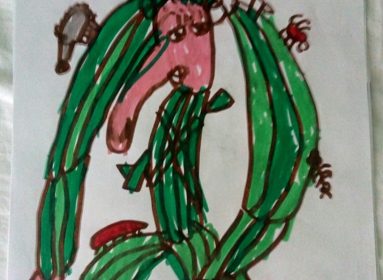


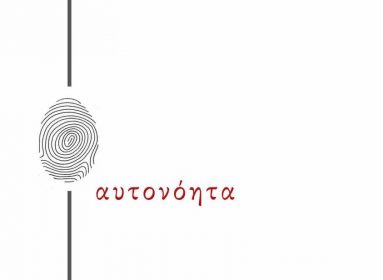
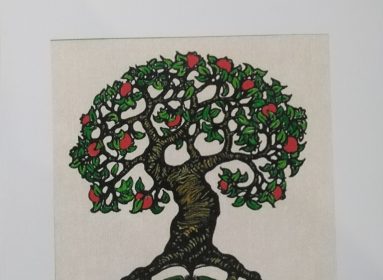
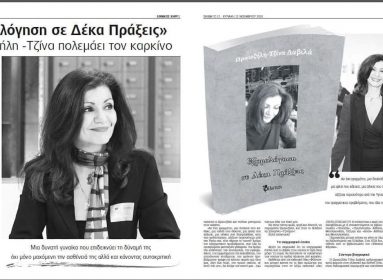
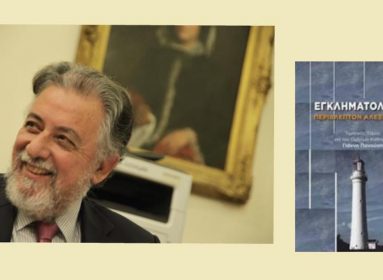
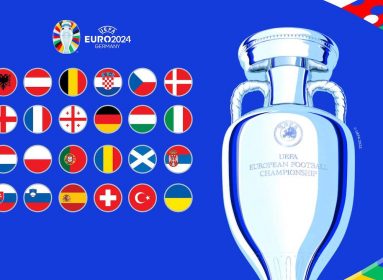








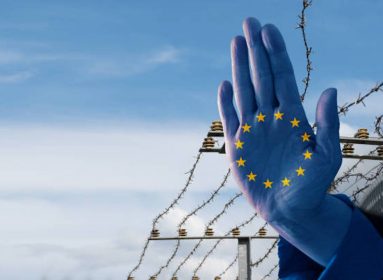

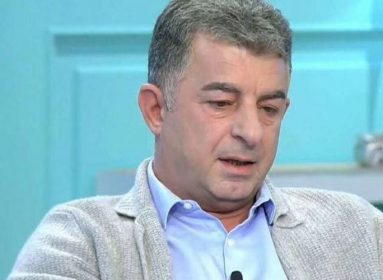
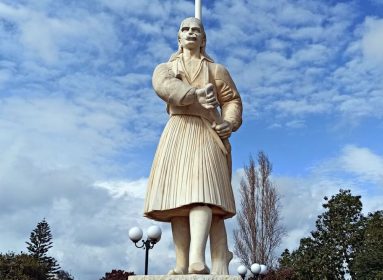
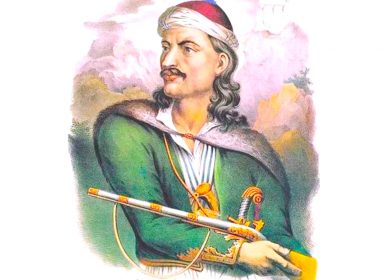
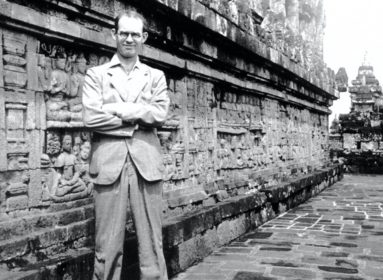
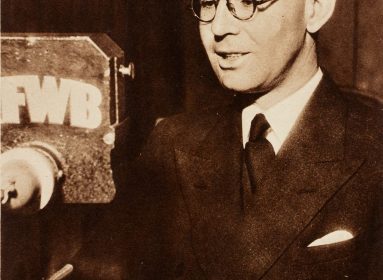




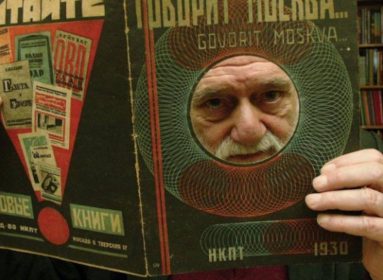

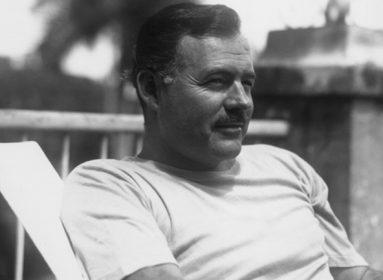

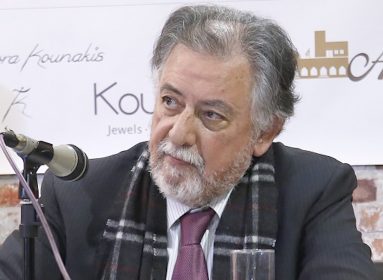




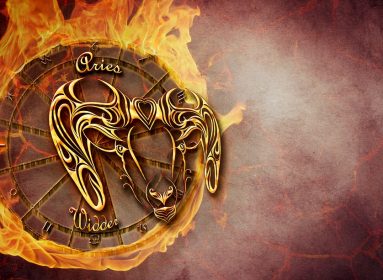

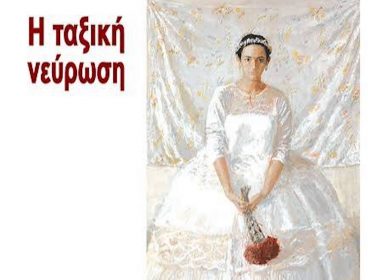

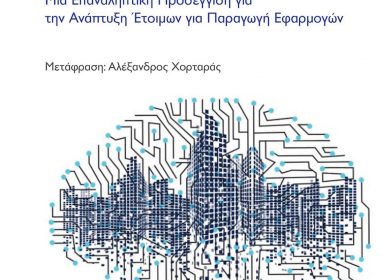
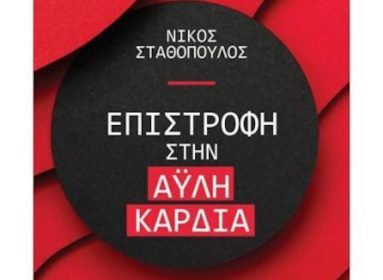

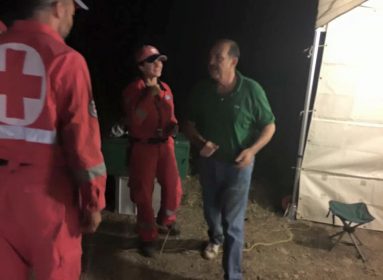


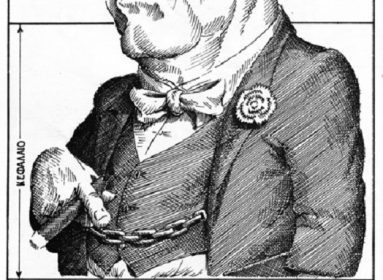

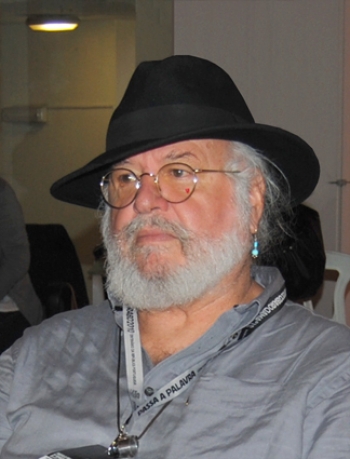



 Το σκίτσο είναι του Βαγγέλη Παυλίδη
Το σκίτσο είναι του Βαγγέλη Παυλίδη
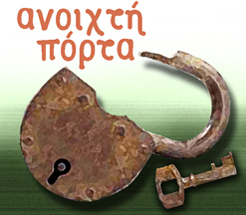
 Στηρίξτε-Ενισχύστε την iΠόρτα με τη δική σας χορηγία…
Στηρίξτε-Ενισχύστε την iΠόρτα με τη δική σας χορηγία…